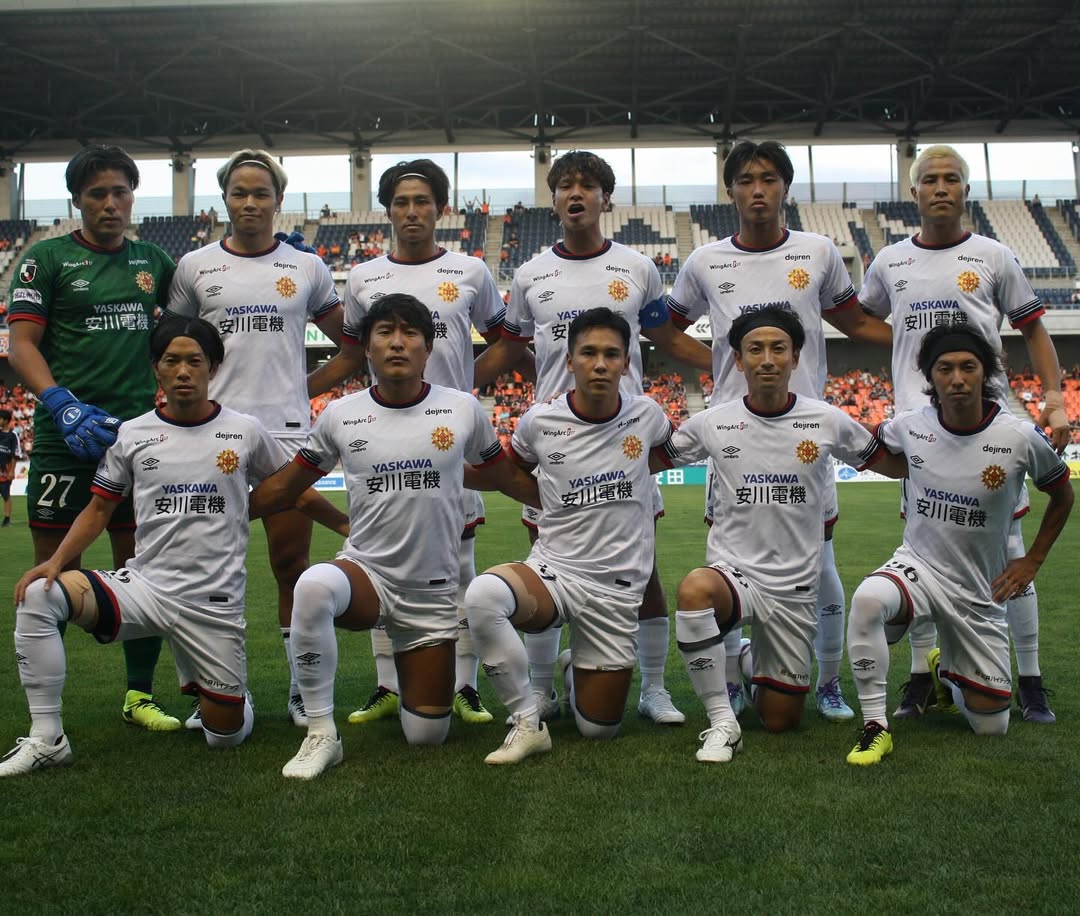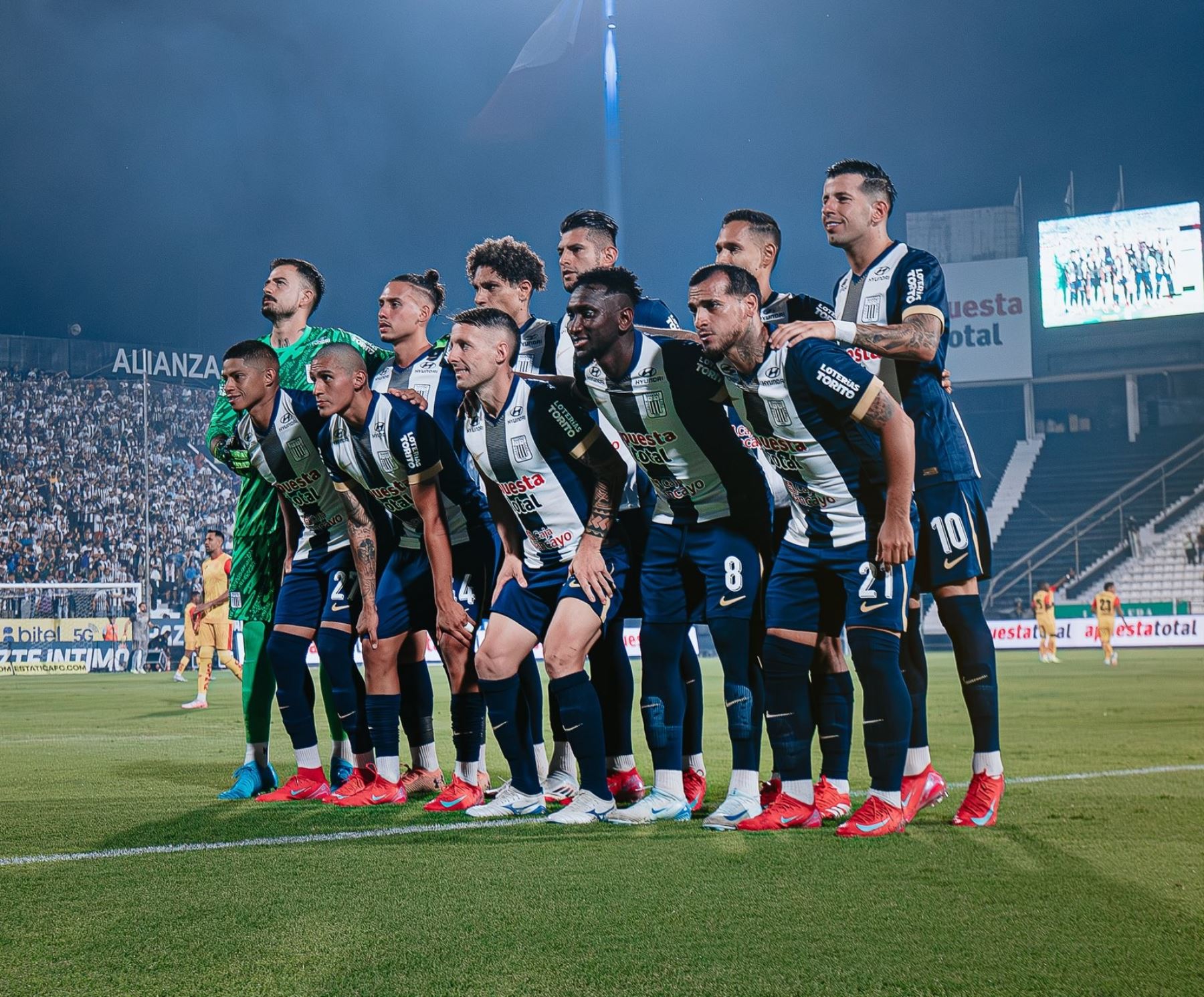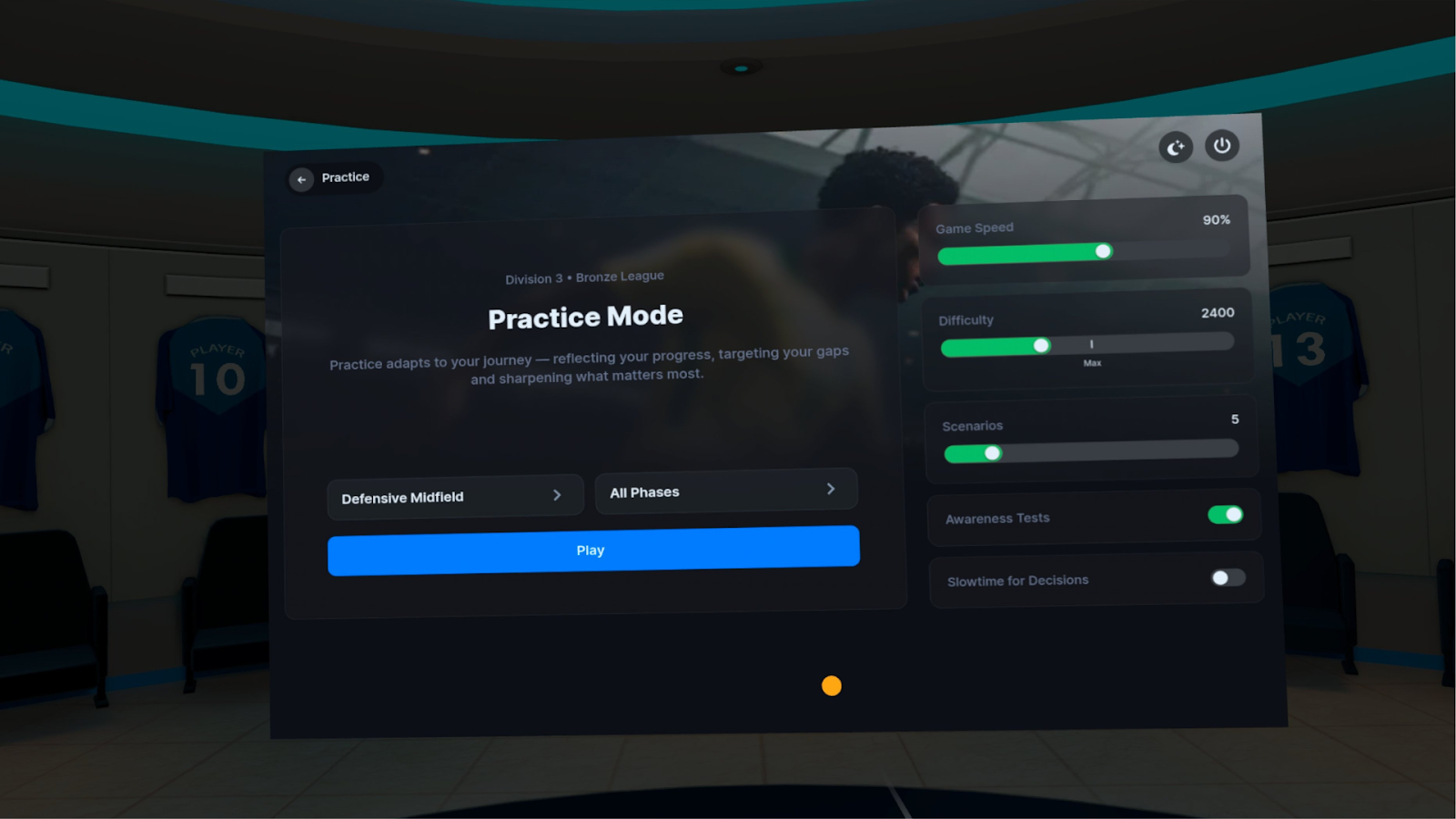So you want to get better at soccer, but maybe you’re wondering just how much effort it’s going to take? Or maybe you’re scared of training so much that you’ll injure yourself, and want to find what the perfect balance is? The lives of history’s most successful soccer players are enough proof that it takes a lot of dedication and sacrifice to reach the peak of a soccer career.
But effective training doesn’t only require physical drills and workouts. Training also has to be strategic for it to produce the desired results. As a soccer player, you need to understand your weaknesses and how to use training as a tool to improve them. You also need to adjust your training intensity with each soccer season. These details can easily get complicated, especially if you don’t know how to navigate them.
Luckily, this article will guide you on how often you should train throughout the soccer season, the best drills to incorporate into your training, and how to optimize your training to enhance your performance and prevent fatigue.
Understand the Soccer Seasons and How They Affect Your Training

Your training intensity cannot remain the same throughout the soccer season. Not only is it impractical to maintain the same intensity level, but it is also unhealthy. For instance, your highest training frequency will likely hold during the pre-season and the soccer season. The off-season is primarily meant to give you time to relax and get in good shape for the season.
It’s up to you to optimize your time wisely depending on what stage of the season you’re at. Pre-season for example, should be dedicated to mostly fitness and regaining any sharpness lost during your time off.
The regular season should be about maintaining your fitness, and focussing more on the tactical and technical side of the game.
While the off season is about rest and recuperation, but also an opportunity to work on any weaknesses that you might not have the time for throughout the rest of the year.
Splitting Your Time Between Team and Individual Practice Sessions

Time management is key if you intend to maximize your skills as a soccer player. While team training sessions are inevitable during the pre-season and between games, they are hardly sufficient to put you in the league of the best soccer players. Team training is important to build a chemistry and a foundation for how you and your teammates will compete on the field. But individual training gives you time to focus on your skills and areas that need improvement.
Splitting time between individual and team sessions can be tricky though, especially mid-season when games are highly competitive, and training intensity is at its highest. This is where time management comes into play. It is essential to understand that individual training sessions are only supplementary when team training is consistent. Thus, experts recommend you dedicate at least 20 minutes to individual training daily. This is relatively easy to achieve if you create a training schedule at the beginning of each day and stick to it.
Of course, this situation will be significantly different during the off-season since you will have more time for individual training.
If you’d like some suggestions on how you can practice alone, take a look at this article
Best Forms of Training to Incorporate
There are many drills and workouts you can incorporate during your training sessions. However, your primary focus should be increasing your speed, core strength, and technical skills like ball control. Some forms of training you can incorporate are:
- Trap Bar Deadlifts: Trap bar deadlifts are an effective way to increase your lower body strength and decrease injuries. To perform these deadlifts, stand at the center of the trap bar with your knees apart. Afterwards, grab the bar and stand with its full weight, using your heels as support. Ensure to push your hips forward as you move up and down with the weight. Three sets of 10 reps on each arm are sufficient.
- Jump Squats: Jump squats are great for enhancing your speed. They also build your muscles and improve your endurance. All you need to do is put yourself in a squatting position. Bend your knees and press your hips backwards like you’re about to sit. Afterwards, push through your heels and jump. Repeat the routine ten times.
- Touch in the Box: The Touch in the Box drill is perfect for improving your technical skills. The primary aim of this drill is to improve your ball control and your ability to score without too many touches on the ball. To set the tone for this drill, you only need four cones. Create a square area on the field by placing the cones at each edge. Afterwards, turn your back to the goalpost, kick the ball from that position, and attempt to score. The goal is to kick the ball into the goalpost with a swift move and without many touches.
- Weak Foot Familiarization: Whether you are right-footed or left-footed, there are high chances that you have a less dominant foot. However, the most skilled players often know how to utilize both feet on the pitch. This is why your weak foot needs to be familiarized with the ball. You can do this by simply juggling the ball and incorporating your weak foot as you get more confident. You can also try a zig-zag dribble across the field to familiarize your left or right foot with the dribbling technique.
Exploring Non-Physical Training

Non-physical training is a great way to improve your skills without risking injury, and without needing anyone else but yourself. They are also a great way to track your progress and improve essential cognitive skills like scanning, game intelligence, and pattern recognition.
Here at Be Your Best, we specialize in VR soccer training, helping players to improve their cognitive skills and improve their confidence on the ball.
Be Your Best is played on a Meta/Oculus Quest 2 VR headset and takes you to a virtual field, where you play through scenarios taken from real life professional games.
Improve your scanning, vision, and decision making skills, and become a more calm and confident player when you next take to the field.
While regular on-field training runs the risk of injury, the best part about Be Your Best is that it places no physical load on your body. This allows you to continue training, gaining those extra margins while your teammates and opponents rest.
You can sign up to Be Your Best today, and start incorporating it into your training right away.
Making the Most of Your Training Sessions

Training sessions are only effective when you optimize them. One way to do this is by setting clear goals on what you intend to achieve with the training. This will allow you to remain focussed and will provide enough motivation as you work toward attaining your goals. You can also explore the option of a personal trainer if you need expert contributions to your training process.
Before you head out with a ball, make it clear in your head, exactly what you’re looking to improve. Maybe it’s your weak foot, first touch, or dribbling. Have one goal in mind and then figure out the best way to execute on it.
Managing Fatigue and Avoiding Overtraining
Overtraining is a major problem soccer players face during training sessions. This has severe consequences both for your physical and mental health. Overtraining significantly reduces your performance on the pitch and also aggravates depression. Some symptoms of overtraining you should look out for are chronic fatigue, loss of coordination, insomnia, and decreased muscle strength. It is advisable to consult with your medical professional immediately after you notice these symptoms.
However, as the saying goes, prevention is better than cure. One way to avoid overtraining is regularly indulging in warm-up sessions before kick-starting training. This will give your muscles enough room to adjust. Also, be intentional about staying hydrated. Hydration is critical to your performance and will ensure you stay active throughout your training sessions.
Most importantly, you must take rest seriously. Rest allows your body to naturally recover from the intensity of training sessions. This way, prolonged fatigue can be reduced.
If you’re currently injured and looking for ways to stay active, take a look at this article, on how to keep improving while out of action.
Final Thoughts
Training is at the crux of your career as a soccer player. Thus, it is vital that you dedicate enough time and attention to it. However, it is also important to maintain a healthy balance. Listen to your body and mind. Know when to rest and when to push yourself. And in those moments when you’re in full flow, set clear goals so that you can continue to improve.





